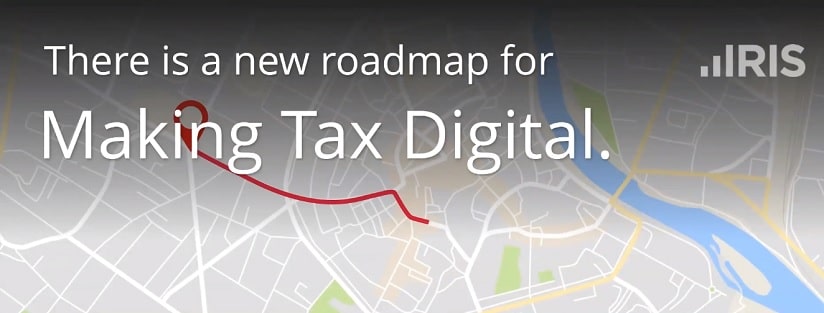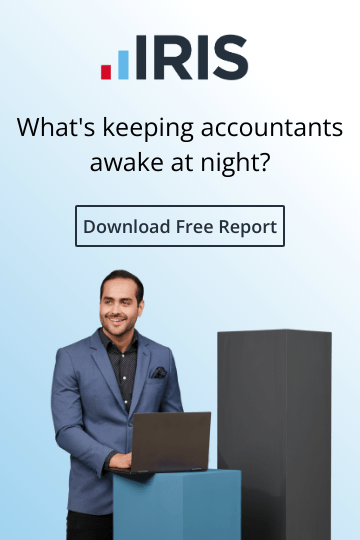BLOGS
HMRC’s VAT reform: must all firms sign up a year early to MTD?

How does the prospect of getting your non MTD for VAT registered clients signed up one year earlier than planned - by April 2021 - sound to you?
That’s one way some people might interpret a little noticed change by HMRC, which could have fairly large ramifications, if you don’t take note.
Where are we with MTD for VAT so far?
Since April 2019, businesses with turnover over £85k have been mandated to file VAT returns under MTD, but those below the threshold did not. This will change from April 2022 when all businesses must file through MTD.
What are the latest MTD for VAT changes HMRC has made?
HMRC is retiring the existing online filing mechanism for VAT 100 forms from April next year.
This submission channel – known as XML - is currently used by many accountants who use software for VAT submissions.
What does HMRC's VAT change mean?
XML is currently one of three submissions routes, along with MTD and HMRC’s web service – an online form.
For clients who aren’t MTD registered yet, accountants using third party software to submit VAT returns via the XML route currently, won’t be able to do so from April next year.
To clarify, XML will be closed completely from April 2021.
So, from April 2021 submissions will need to go either by MTD through software or by re-entering the figures in HMRC’s web service.
From April 2022, businesses that are registered for VAT and required to make submissions via MTD, must do so using MTD API enabled software. The HMRC’s webservice will not be an option.
Is it a meaningful change for VAT submissions or something more superficial?
It seems there are mixed views. The change has caused plenty of head scratching but, depending on how you do things right now, it could mean a significant change.
Is the old VAT filing route closing completely?
In its old form, it won’t exist anymore and online filing via software will no longer be available as of 8 April 2021.
But, according to ICAEW, the online VAT return available on gov.uk will “continue to have the same nine boxes but will look different”.
So, businesses could add the information and make the submissions manually.
Firms “will be able to access the return from their business tax account as they have done previously,” ICAEW adds.
What other complications could arise?
For agents making submission for clients, there is an added complication. There’s a good chance you have two online HMRC accounts. Why?
As an agent you’ll have an old online account with HMRC, but if you’ve already registered for MTD and made submissions, you had to get an Agent Services Account (ASA) as well.
What does this mean for VAT submissions?
If you’re not using third party software or don’t want to make clients register for MTD, you can still use the HMRC portal, but you may not know whether to do so on your old or new HMRC account.
Plus, you won’t know whether HMRC has moved your clients on to the new platform yet.
Why’s it happening?
HMRC officials are preparing for all VAT registered businesses to move across to MTD for VAT in April 2022 as part of the Government's broader plans to make tax digital.
The ICAEW’s Tax Faculty added more context to the changes, explaining: “HMRC’s VAT records are currently held across two databases: the older VAT Mainframe (VMF) and the newer Enterprise Tax Management Platform (ETMP).
“ETMP holds the records of businesses that have signed up to MTD for VAT. HMRC is planning to consolidate all VAT records onto the new ETMP platform in stages during 2021, in advance of MTD for VAT becoming mandatory for all from April 2022.
“The changes will not affect businesses that have already signed up to MTD for VAT but will impact VAT registered businesses that have not yet signed up to MTD and their agents.”
Feeling baffled?
Some accountants might be really confused! Even worse, if you are agent and haven’t set up an ASA you could be really lost.
We suspect many of you reading this won’t have even heard this news about the XML channel, as it’s gone under the radar. With everything going on in the world right now, that’s hardly surprising.
What should you do now?
Although the news may be unwelcome, it’s important to act on it now.
Our recommendation is (if you haven’t done so already), to sign up for an HMRC Agent Services Account. Then you can link all the old clients from the old to the new one.
The good news is MTD compatible online bookkeeping software, such as KashFlow, is available. Once you’ve got an ASA, by using KashFlow you won’t get caught out.
You’ll be able to use KashFlow in the same way you always have for maintaining records, but you will be able to make submissions to HMRC via the MTD routes.









